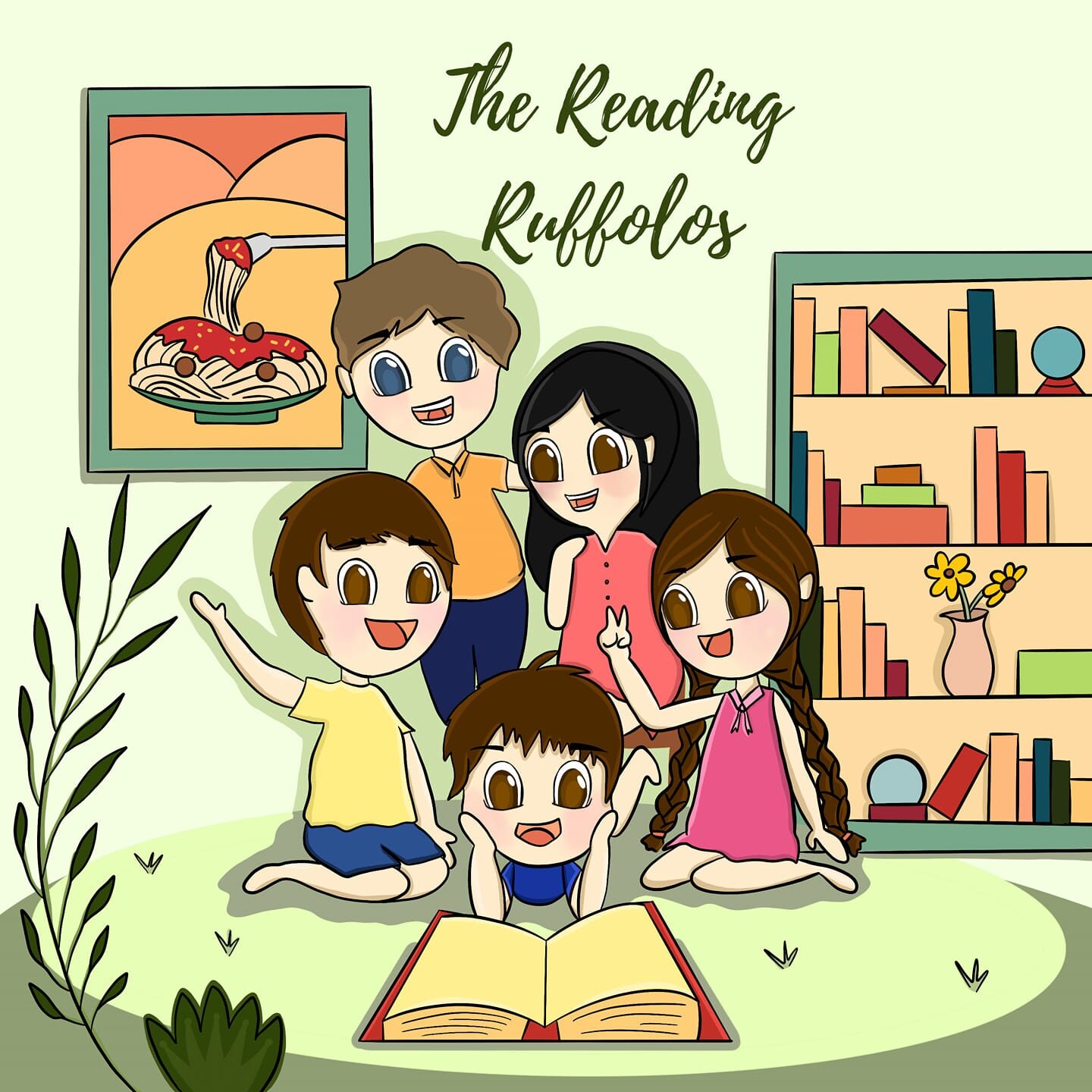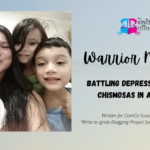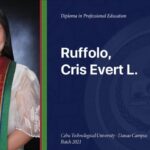
Graduate school just started and already, I am on full speed. I am taking up two courses this semester and it is demanding. I am looking at the course guide and I am mentally highlighting words and phrases including case study, tutor-marked assignments, class observations, and group discussions.
I have been going back and forth in our discussion forum about the importance of reading and books and one thing that was recurring in most posts from my classmates is the lack of faith in our libraries (in general) as a venue for research.
“Most of our books are obsolete, how can children learn from obsolete books?” asked one classmate. I was tempted to answer that they can actually learn from obsolete books but that’s going to be a subject of a longer essay so I stopped myself from posting that thought.
I am not a serial optimist. I do think of negative consequences. I brew some negative thoughts. BUT…I don’t nurture them and I don’t let them stay. So…when one classmate posted his question about how to encourage children to read books and visit libraries (even with the presence of obsolete, seemingly useless, books), I found myself in defense of the library.
Here is my edited post to the question raised:
I acknowledge the fact that we lack resources in the Philippines. A lot of our books in our libraries are considered obsolete and useless especially when we need facts about fast-changing, constantly-evolving data such as details on finding a cure for cancer, new species of owls, or the new space rocket that will be launched by a certain country. (They are mostly related to Science. Don’t ask me about Math. No plan here to delve into theorems and formulas.)
We may consider libraries as irrelevant parts of our lives as learners if we only consider it as a venue for research and its books as tools for research.
But I think that as educators/teachers/parents or as any responsible citizen of this country, it is our responsibility to introduce libraries not just a place for research but a haven of stories and arts. We should make children (and even adults like us) realize that the library is not only meant for research but as a place where we can find books that we can read for pleasure. Neil Gaiman emphasized that need – because reading for pleasure takes out that feeling of obligation that we need to read because it is required. Reading for pleasure is what genuine bookworms and learners do. It is what they do best.
As to the question on how to encourage children, I believe that the best way to do it is by example and by exposure. By example, I mean that we (adults) should be seen reading or declaring to them that we read. We are role models to these children whether we like it or not – and they look up to us. By exposure, I mean that we should make reading materials available to them. If we don’t have libraries, I suggest a reading corner in our classrooms or homes. That way, we instill in their minds and hearts the importance of reading and what we can gain from it. This is not a revolutionary suggestion because this is being done by many schools and organizations. But a lot of times, we need to realize that the best way to help our children learn is not just to come up with a new idea but to replicate it – not copy, but replicate.
For your inspiration, click this: Neil Gaiman: Why our future depends on libraries, reading and daydreaming . His words became the jump-off point in our class discussion.



